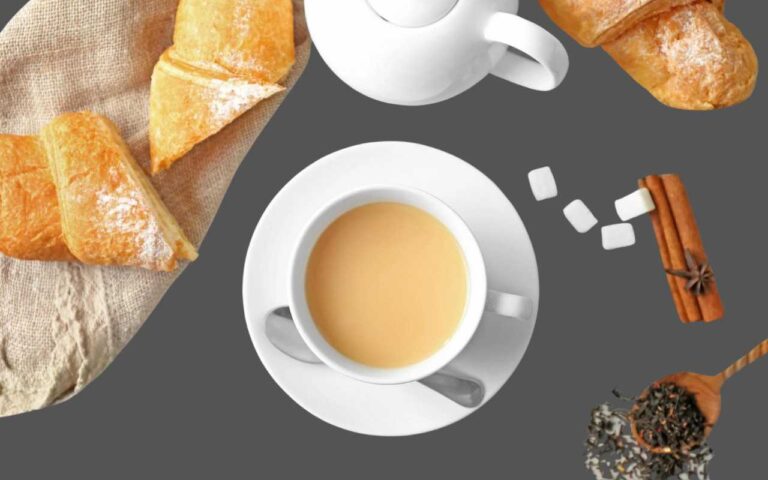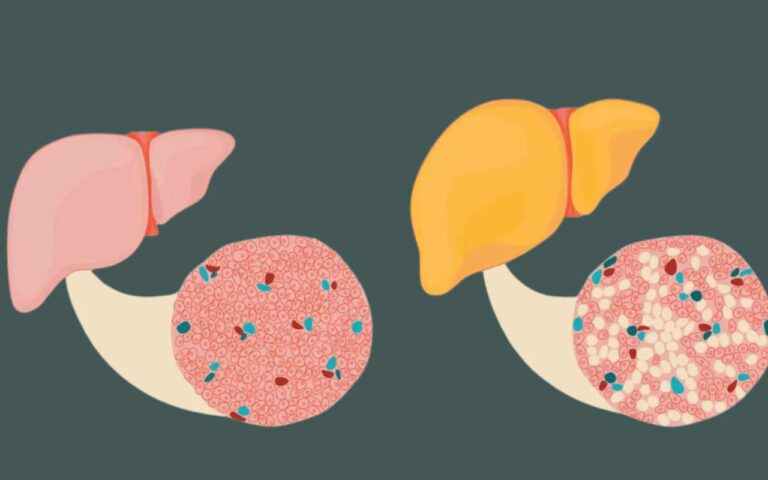Systolic and Diastolic Blood Pressure
Blood Pressure: is one of the most critical indicators of cardiovascular health, offering insights into the force of blood against the walls of the arteries as the heart pumps. It is commonly expressed in two numbers: systolic and diastolic blood pressure. These two figures are essential for diagnosing and managing various health conditions, especially hypertension, which is a leading cause of heart disease and stroke globally.
What is Blood Pressure?
Blood pressure is the force exerted by circulating blood on the walls of blood vessels. It is measured in millimeters of mercury (mmHg) and is recorded as two numbers—systolic and diastolic. The first number, systolic pressure, measures the pressure in your arteries when your heart beats. The second number, diastolic pressure, measures the pressure in your arteries when your heart rests between beats.
For example, if your blood pressure is 120/80 mmHg, 120 is the systolic pressure, and 80 is the diastolic pressure.
Understanding Systolic Blood Pressure
Systolic blood pressure is the highest of the two numbers. It represents the maximum pressure your heart exerts while beating (when the heart contracts). This phase of the heart cycle is known as systole.
Importance of Systolic Pressure
- Indicator of Heart Function: Systolic pressure gives insight into how well your heart is functioning. Higher systolic pressures indicate that the heart is working harder than normal, which could be due to a variety of factors, including stress, exercise, or underlying cardiovascular issues.
- Predictor of Heart Disease: Elevated systolic blood pressure is a significant risk factor for heart disease, especially in older adults. As we age, the arteries tend to stiffen, which can increase systolic pressure. Persistent high systolic pressure can lead to complications such as heart attack, stroke, and heart failure.
- Hypertension: A systolic pressure of 130 mmHg or higher is generally considered hypertensive. Hypertension is often dubbed the “silent killer” because it usually doesn’t cause symptoms until significant damage has occurred.
Factors Influencing Systolic Pressure
Several factors can influence systolic blood pressure:
- Age: Arterial stiffness increases with age, leading to higher systolic pressures.
- Physical Activity: Exercise temporarily raises systolic pressure as the heart pumps more blood to meet the body’s increased oxygen demands.
- Diet: High salt intake, excessive alcohol consumption, and obesity can elevate systolic pressure.
- Stress: Emotional and physical stress can cause temporary spikes in systolic blood pressure.
Understanding Diastolic Blood Pressure
Diastolic blood pressure is the lowest of the two numbers. It measures the pressure in your arteries when your heart is resting between beats, during a phase called diastole.
Importance of Diastolic Pressure
- Indicator of Arterial Health: Diastolic pressure reflects the resistance in the arteries. Higher diastolic pressures indicate increased resistance, which can signal arterial stiffness or other cardiovascular problems.
- Cardiovascular Risk: While systolic pressure has traditionally been given more attention, recent studies suggest that elevated diastolic pressure can also be a significant risk factor for heart disease, particularly in younger individuals. A diastolic pressure of 80 mmHg or higher is generally considered hypertensive.
- Maintenance of Blood Flow: Diastolic pressure ensures that blood continues to flow through the arteries even when the heart is at rest. Low diastolic pressure can lead to inadequate blood flow to organs, particularly the coronary arteries that supply the heart muscle.
Factors Influencing Diastolic Pressure
Several factors can affect diastolic blood pressure:
- Age: Diastolic pressure tends to decrease with age, as the arteries lose their elasticity.
- Body Weight: Overweight and obesity are associated with higher diastolic pressures.
- Diet and Lifestyle: High salt intake, lack of physical activity, and smoking can raise diastolic pressure.
- Genetics: A family history of hypertension can increase the likelihood of elevated diastolic pressure.
Types of Meditation & Its Benefits
The Relationship Between Systolic and Diastolic Pressure
While systolic and diastolic pressures are measured separately, they are closely related and often rise or fall together. Both numbers are important in determining overall cardiovascular health. However, each offers different insights:
- Isolated Systolic Hypertension: This occurs when systolic pressure is elevated while diastolic pressure remains normal. It is common in older adults and can increase the risk of stroke and heart disease.
- Isolated Diastolic Hypertension: Less common, this condition involves elevated diastolic pressure with normal systolic pressure. It is more frequently seen in younger individuals and is also associated with cardiovascular risk.
- Pulse Pressure: This is the difference between systolic and diastolic pressures. A high pulse pressure (greater than 60 mmHg) can indicate stiff arteries or other cardiovascular problems.
Monitoring and Managing Blood Pressure
Regular monitoring of blood pressure is crucial, particularly for individuals at risk of hypertension. Blood pressure can be measured at home with digital monitors or in a healthcare setting. It is important to measure it regularly, as blood pressure can fluctuate throughout the day due to various factors.
Lifestyle Changes for Healthy Blood Pressure
Maintaining a healthy lifestyle is key to managing both systolic and diastolic pressures:
- Diet: Adopt a heart-healthy diet rich in fruits, vegetables, whole grains, and lean proteins. Reducing salt intake is particularly important for managing blood pressure.
- Exercise: Regular physical activity helps to strengthen the heart, reduce stress, and maintain a healthy weight, all of which contribute to lower blood pressure.
- Weight Management: Maintaining a healthy weight reduces the strain on the heart and arteries.
- Stress Management: Techniques such as meditation, deep breathing, and yoga can help manage stress and prevent spikes in blood pressure.
- Avoid Smoking and Limit Alcohol: Both smoking and excessive alcohol consumption can raise blood pressure and should be avoided or minimized.
Systolic and diastolic blood pressure are crucial indicators of cardiovascular health, offering insights into how hard the heart is working and the resistance in the arteries. While systolic pressure often gets more attention, both numbers are important for understanding and managing heart health. Regular monitoring, combined with healthy lifestyle choices, can help maintain optimal blood pressure levels and reduce the risk of serious cardiovascular conditions.








One Comment